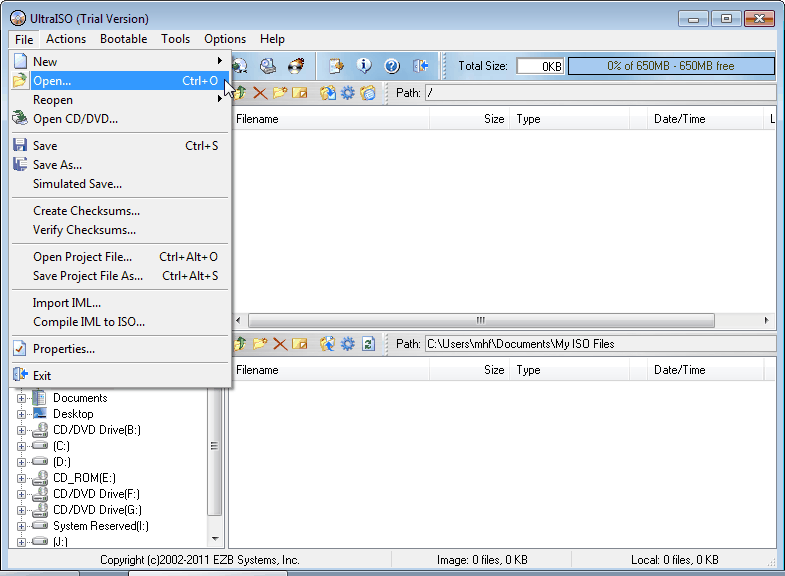Symantec System Recovery 2011 Disk Iso Creator
Get help, support, and tutorials for Windows products—Windows 10, Windows 8.1, Windows 7, and Windows 10 Mobile. I noticed that to create a custom boot ISO, it required access to the physical restore media (or the files copied from it). All of the Symantec System Recovery 2013 R2 Servers ask if you want to make bootable media for a Server which has a License other than the one on which you are creating the Custom.

I have multiple Windows Server 2012 R2 Servers with Symantec System Recovery 2013 R2 installed on them (No physical boot media included. Make your own bootable ISO.). I also have two Windows Storage Server 2012 Servers with Symantec System Recovery 2013 installed on them. The Symantec System Recovery 2013 Licenses came with physical bootable restore media (one set each). Pc Tools File Recover Crack Serials. I seem to have misplaced the restore media for one of these Servers. I think that the restore media will eventually show up. I installed Windows ADK on the Server for which I have the physical restore media.
I noticed that to create a custom boot ISO, it required access to the physical restore media (or the files copied from it). All of the Symantec System Recovery 2013 R2 Servers ask if you want to make bootable media for a Server which has a License other than the one on which you are creating the Custom ISO. If yes, you enter the license key for that other Server. Will a custom boot ISO created with Symantec System Recovery 2013 R2 work for restoring images on a Server which has Symantec System Recovery 2013 installed (backwards compatible)? Thanks in Advance.

I found the Restore Disk. I was able to make new boot media (containing the proper Network Drivers) for all of my Servers. Four of my Servers apparently were setup as UEFI rather than BIOS. I think I understand why UEFI was used for two of them (48 TB Each of Unformatted Storage Drive Size with the Operating System in RAID 1 using two ~300 GB hard drives).
I am not sure why the other two were setup as UEFI. However, I have these Questions: 1. On ALL of the Symantec Backup Task Configurations, I selected 'Show Hidden (Partitions?)'. Then I selected the C: partition plus any other previous hidden partitions that show up now. My goal is to backup whatever partitions which are necessary for restoring the Windows Server 2012 Operating Systems.
Is it Correct to select (include) all of these hidden partitions with the 'C' partition when Imaging the Windows System Partition? If there other partition(s) other than the C partition, I typically Image the other partition(s) 'separately'.
Beasts Of Bourbon The Low Road Rarity. If I have to restore after a hard drive failure, I plan to first install C plus the hidden partitions, followed by restoring the other partition(s). Is this a good/correct practice? Python Pyserial Readline Example. Thanks in Advance. Click to expand.Yes, I've done it a few times and it worked fine. You need to include the chipset/hard disk controller drivers for the new hardware on your recovery USB stick. This is provided as an option when creating the recovery USB stick. When you fire up the recovery USB stick to begin the restoration and you get to the screen below, hold down SHIFT while clicking 'Use Restore Anywhere to recover to different hardware' as this will bring up some more options which you will need to adjust depending on your individual circumstances NOTE: If restoring to different hardware, and the operating system being restored is Windows 2008 or above, ensure that the 'Run Windows Mini-Setup' option is disabled (Figure 6).
To access this option, hold down the SHIFT key when enabling the Restore Anyware option. To read the full guide, go here.